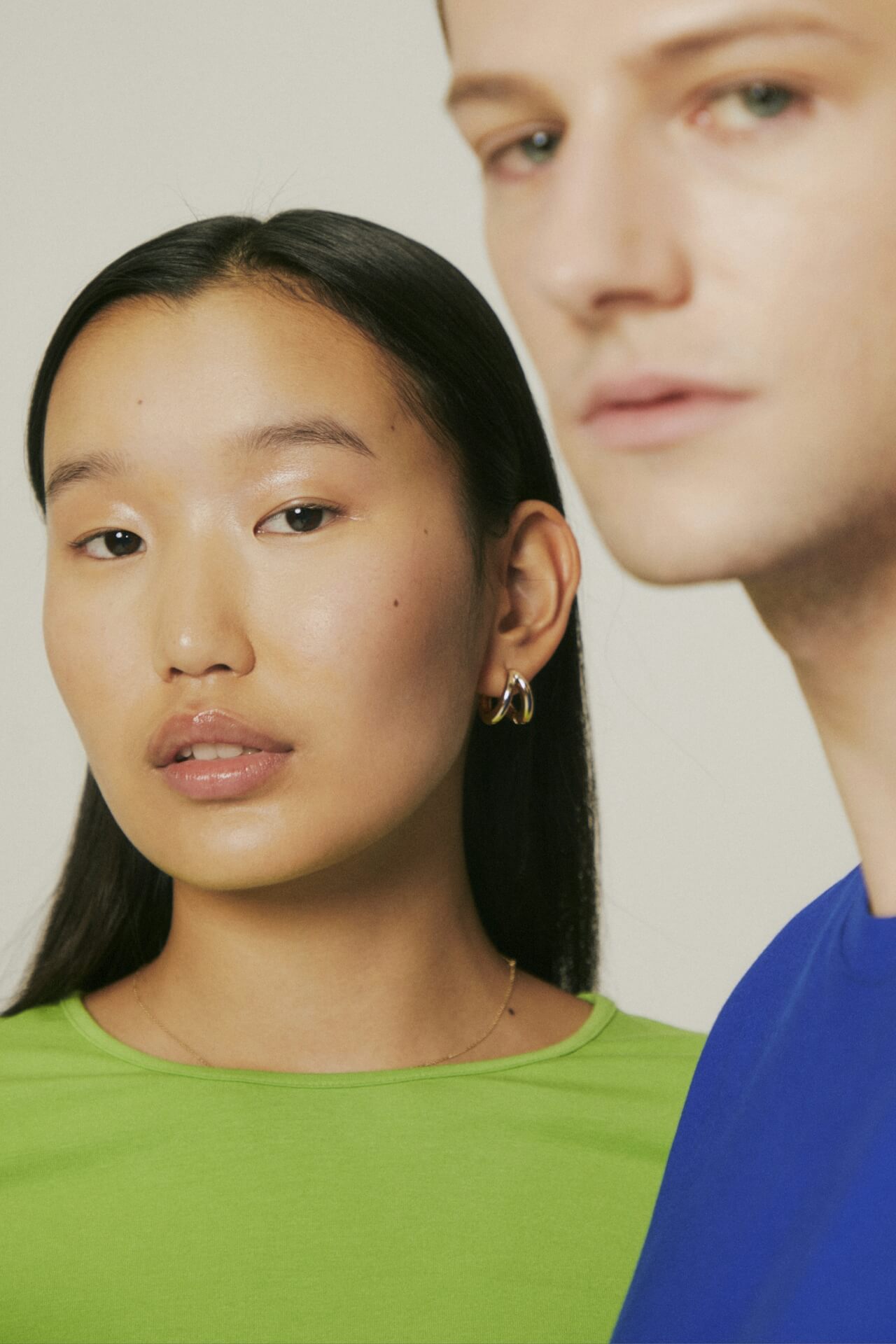Our Thoughts
Beauty and the Z How cultural insight connects beauty brands and Gen Z
The 14th century root word of “beauty” was used not only to describe physical appearance, but also “goodness.” In recent years, the notion of goodness has taken on new relevance – numerous trend reports have noted that the beauty & skincare industry needs to adapt to Gen Z’s emphasis on ethical and emotional values. In order for beauty brands to do so, it’s vital to understand not just what those values are, but why values matter more to younger generations. Black Lives Matter, especially, has raised consciousness around the difference between superficial and actual representation in the beauty industry.
For Gen Z, it’s not just about getting the right ingredients; it’s about how brands tell the story of those ingredients. It’s not only about the models; it’s about all the individuals involved (or not) in the product journey. Principles of sustainability and ‘clean’ skincare need to be understood as part of a wider, evolving cultural context of self-expression.
From private routine to proud publicity
Social media has made cosmetics an increasingly public category. Where makeup routines were once associated with domestic privacy, they’re now the stuff of online tutorials, Instagram posts, selfies and bathroom ‘shelfies’ (see Into the Gloss, the website from which the Instagram-favourite brand Glossier grew). As more and more consumers share their beauty routines, the ethical values of brands they endorse become a key part of self-image.
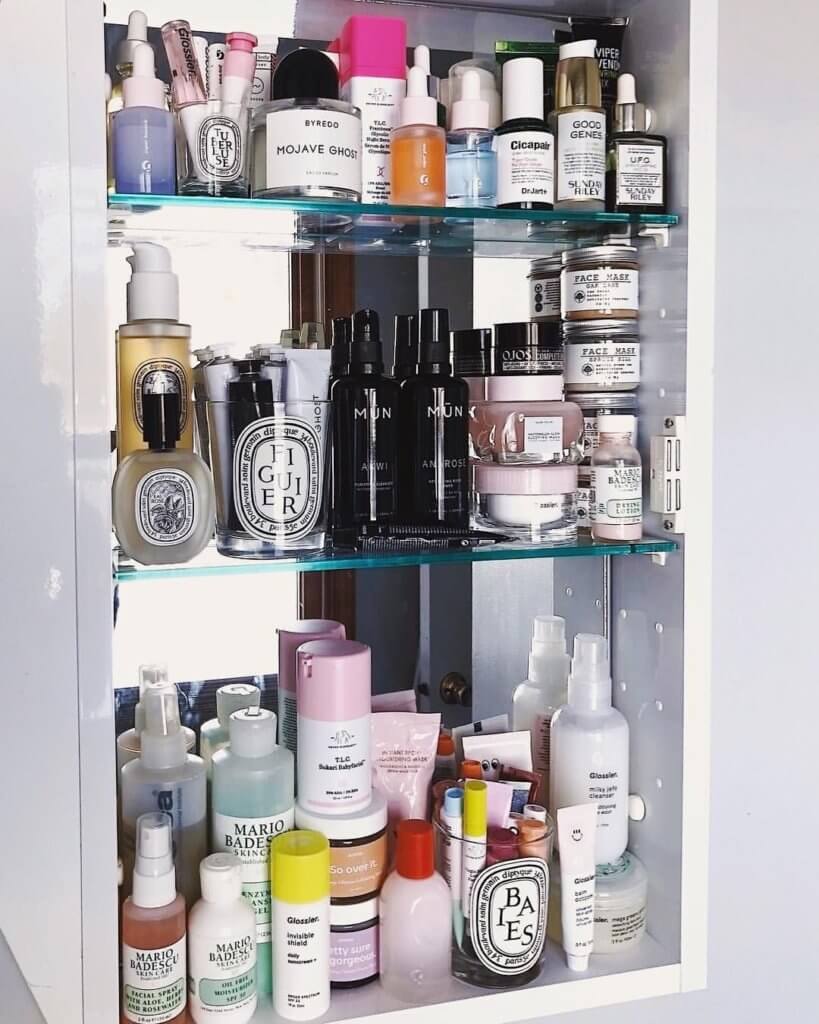 Into the Gloss: Shelfie
Into the Gloss: Shelfie
Knowledge: the new primer
With that, thanks to global connectivity and the constant availability of info online, Gen Z are collectively equipped with an unprecedented level of knowledge, and an enthusiasm for using online resources to find answers. BPA-free, ‘clean ingredients’ and sustainable practices matter more to a generation constantly reminded of the ecological impact their purchases have. The promises of beauty brands and airbrushed advertising have also come under newly efficient scrutiny, fact-checked by younger shoppers in seconds, in store. We see the effects of this in brands like HUDA, whose online reviews, articles and tips are just as important as the products sold. Beauty brands can succeed by realising that information is just as valuable to Gen Z shoppers as commodities.
Skincare, not coverage
The borders between beauty and skincare have blurred, as cosmetic brands emphasise making your skin look the best it can, rather than covering up imperfections. One consequence of this is the rising preference for softer ingredients, matched linguistically by product names emphasising softness. Glossier offers ‘skywash’ eyeshadow, ‘cloud paint’ blush, and ‘milky jelly’ cleanser. This focus on feather-light impact points to the rising preference for nurturing natural, dewy skin – not matte coverage and intense interventions.
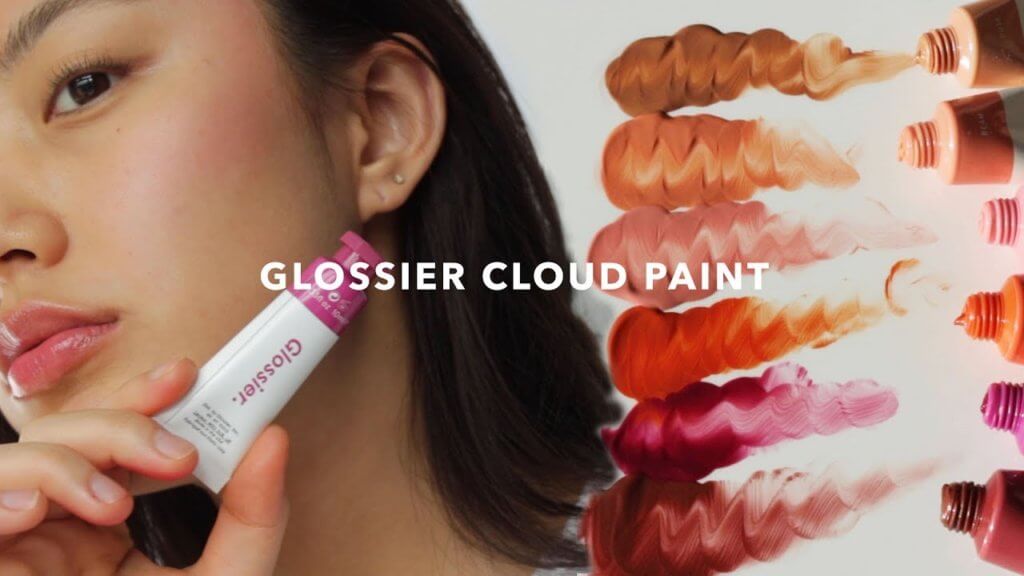 Glossier
Glossier
Coupled with this, the language used by skincare brands is moving away from embellished, exaggerated promises. ‘The Ordinary’ brand name suggests a pursuit of natural, ‘regular’ goodness, even monotony. The brand name ‘Milk’, too, suggests everyday staples, rather than luxe perfection. Newer skincare brand ‘Plenaire’ evokes the French en plen air – drawing a subtle parallel between applying face cream and painting a canvas in natural light.
Inclusivity & community
Beauty brands gaining traction with younger shoppers are typically those that successfully communicate cultural values of inclusivity (e.g. gender fluidity), self-expression, and gentleness on both body and planet.
When it comes to gender, brands often forget that inclusivity is more important than exclusivity. That is, to appeal to Gen Z, it’s not about creating a men-only offering, but rather about making the binary more fluid. Plenaire and Ainsel have made gender inclusivity an implicit norm, with the diversity of their models, and the emphasis they place on “you” – a major shift from such established category language as “what’s her secret” and “maybe she’s born with it.”
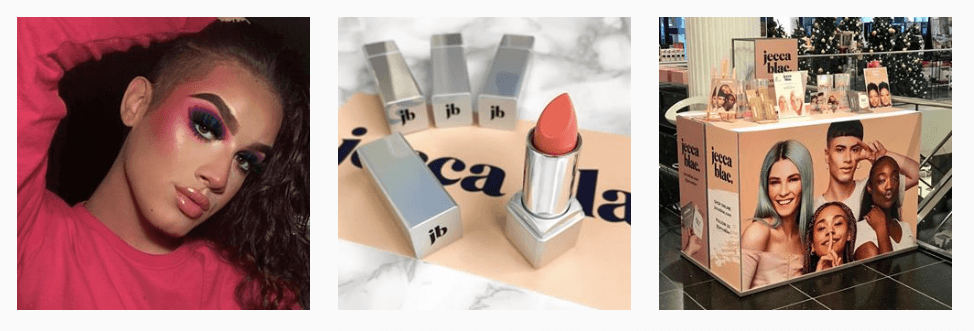 @jeccablac
@jeccablac
Makeup brand jeccablac focuses on creating a safe space for the transgender community, again with an emphasis on consumer self-definition. The brand’s Instagram bio reads: ‘Makeup for all genders, sexualities, expressions, abilities, pronouns, shapes and sizes. We celebrate YOU.’ Such product descriptors as: “the bold red shade that is unapologetically itself” cast the products themselves as defiant characters, helping to instil self-confidence in those who wear them.
Along with the fashion industry, the beauty category has stepped up representation in response to Black Lives Matter. Most beauty brand efforts to combat racial discrimination can be categorised, broadly, as responsive or intrinsic:
- Responsive efforts include supportive statements (e.g. on social media) against systemic racism and police brutality. Though vital, these are seen as responding to problems, rather than helping to sustainably solve them by changing the category’s social infrastructure.
- Intrinsic: cosmetics brands catering to a vast range of skin tones; demonstrating diversity and supporting POC in their hiring policies and practice; and marketing with a focus on diversity, are championing representation and equality from the inside out.
One key example of the latter is Fenty, Rihanna’s cosmetics & skincare line, featuring 50 shades of foundation. Shade names are numerical, and no skin tone is called “nude” (moving away from the narrow tendency to associated ‘nude’ with ‘beige’). Fenty’s range of shades is backed up by an interactive ‘Shade Finder’ quiz. These measures don’t sit in abstraction, but are brought to life through an engaging platform and with a tone of voice (“We got you.”) that lets everyone know they are welcome and seen.
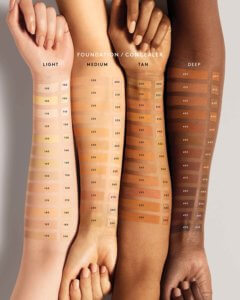
Again, communicating knowledge about the brand – rather than focusing only on the efficacy of product – is vital. Gen Z are interested in what’s going on behind the scenes, and will reward bigger brands who use their privilege to commit to making a difference. Glossier have committed $500k in grants to black-owned beauty businesses and entrepreneurs. Crucially, Glossier will also leverage its marketing channels “to introduce these founders, their stories, and their businesses to our community.” Matching tangible, internal impact with external representation is key.
Overall, be it a focus on sustainability – of the environment, or of glowing skin – inclusivity, or authenticity, the brands getting it right don’t dramatically overstate their claims. References to boastfulness, competition, and an inflexible definition of ‘perfection’ are out (unless handled with a little irony). Beauty products aren’t just worn on the surface – they’re partners for everyday life, and the values they communicate (in packaging and comms) need to be in an open dialogue with Gen Z, rather than talking down to them.
Katrina Russell, Project Director
Cover image: Milk Makeup x Elle Magazine. Photographer: Brianne Wills.
